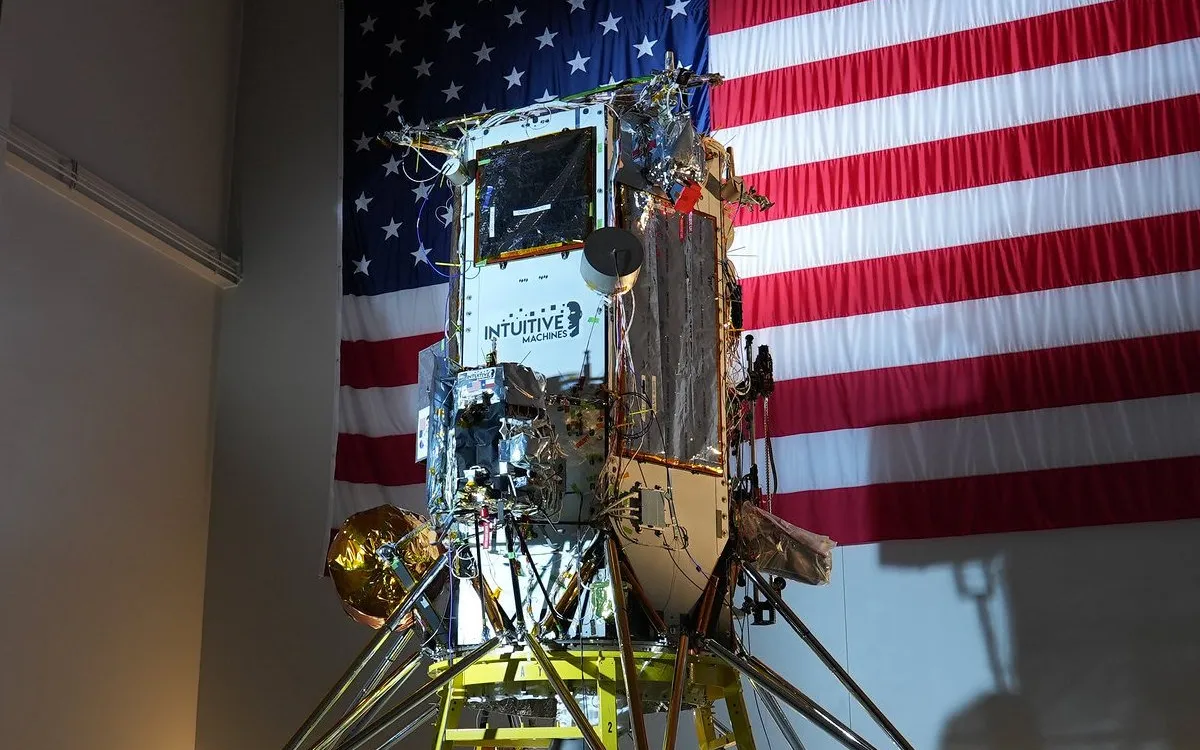
On Wednesday, a SpaceX Falcon 9 rocket is scheduled for launch from the Kennedy Space Center, promising to carry an extraordinary payload of scientific advancements. This launch could mark a significant milestone in space exploration, as it will transport three critical payloads: a satellite destined for lunar orbit, a privately operated lunar lander, and a spacecraft with the potential to revolutionize asteroid mining. Additionally, an unidentified 16U satellite, managed by Exolaunch, will be placed in geostationary Earth orbit.
The mission’s launch window opens on February 26, with an ideal blastoff time of 7:17 p.m. ET. However, launches are often subject to delays due to non-optimal conditions. NASA will provide a livestream of the launch on its website, offering enthusiasts a chance to witness this historic event live.
After years of neglect, the Moon has once again captured the world's attention. This mission could provide vital data for future crewed bases on the lunar surface. A significant part of the mission is the Nova-C lander, named Athena, developed by Intuitive Machines for NASA’s Commercial Lunar Payload Services (CLPS) program.
In February 2024, Intuitive Machines became the first private company to land on the Moon, although their Odysseus lander experienced a minor mishap. Athena aims to land in the Moon's South Pole region, specifically Mons Mouton. Equipped with a drill and mass spectrometer, Athena will search for chemical components like water, carbon, nitrogen, and phosphorus, essential for future crewed exploration.
Also aboard the lander is Grace, a Micro-Nova robot designed to explore permanently shadowed craters. Grace will search for water and capture images during its mission. Additionally, NASA’s Lunar Trailblazer, a small satellite, will map the distribution of water across the lunar surface, addressing the mysteries of the Moon's water cycle.
Among the spacecraft heading to the Moon is Astroforge's Odin, a groundbreaking mission aiming to become the first to mine asteroids for precious minerals. Although their first mission faced communication and deployment issues, Astroforge remains determined. This new mission is significantly more ambitious.
If successful, Odin will set a record as the farthest-traveling privately built vessel in history. Its flight plan involves a five-day journey towards the Moon, leveraging lunar gravity to propel itself toward asteroid 2022 OB5, a potential mining target due to its metallic composition.
The timeline for Odin's arrival at the asteroid remains uncertain. Astroforge’s CEO, Matt Gialich, acknowledged the mission's challenges, stating, “This objective is going to take much longer to achieve and therefore has a far lower likelihood of success.” Despite the risks, Gialich emphasized the company's commitment, stating, “If this mission fails, the fault lies with me alone.”
As we look to the future, this SpaceX Falcon 9 launch could be a pivotal moment in space exploration, potentially leading to Moon bases and asteroid-mined resources. In decades to come, this launch may be remembered as a turning point when humanity expanded its horizons beyond Earth.